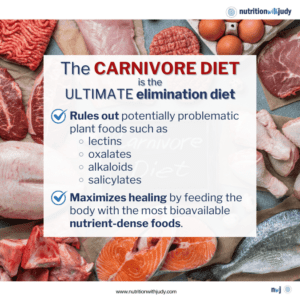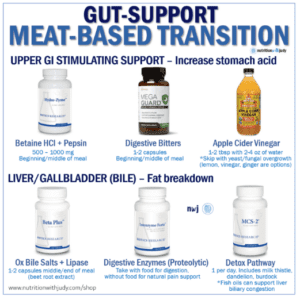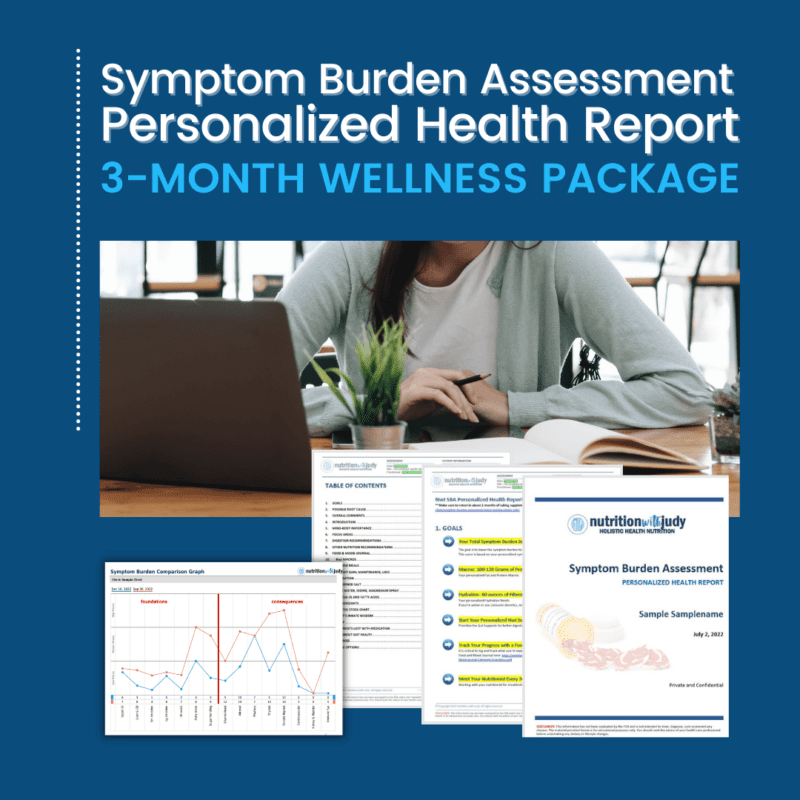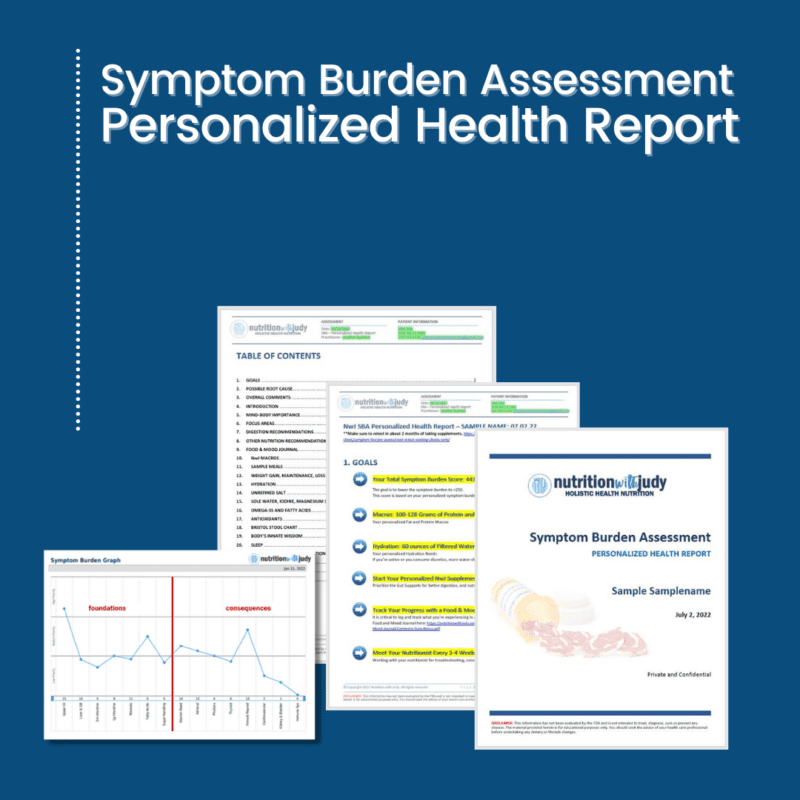

How to Flush Oxalates From the Body


Oxalates, naturally occurring compounds found in many plant-based foods, can accumulate in the body and contribute to various health issues, including kidney stones and joint pain. Understanding how to effectively flush oxalates from the body is crucial for maintaining optimal health.
We’ll explore the nature of oxalates, the methods for detoxifying them from the body, and the unique role the carnivore diet plays in reducing oxalate load. Let’s take a closer look into managing oxalate levels and promoting overall well-being through dietary choices and lifestyle adjustments.
What Are Oxalates?
Oxalates are naturally occurring compounds found in many plant foods. While generally harmless in small amounts, high levels of oxalates can contribute to kidney stones and other health issues. These compounds bind with calcium in the gut, forming insoluble crystals that may deposit in various tissues, potentially causing pain and inflammation. To effectively reduce oxalate levels, it’s essential to adopt dietary changes, stay hydrated, and consider holistic approaches. We will explore the importance of managing oxalate intake and offer practical strategies to help maintain optimal health and well-being.
Why Are Oxalates Problematic?


Oxalates are problematic due to their role in forming insoluble crystals in the body, particularly when they bind with calcium. These crystals can accumulate in tissues and organs, leading to various health issues such as kidney stones, joint pain, and inflammation.
High-oxalate foods such as spinach, almonds, and dark chocolate can exacerbate these problems, especially for individuals with a high-oxalate diet. The accumulation of oxalates can damage cells, disrupt metabolic processes, and cause mineral deficiencies, particularly calcium deficiency. This can lead to chronic health conditions, including kidney stones and other systemic issues.
How Do You Flush Oxalates From the Body?


Flushing oxalates from the body involves a gradual reduction of high-oxalate foods to prevent sudden oxalate dumping, which can cause various symptoms. Start by eliminating foods such as spinach, almonds, and dark chocolate, and replace them with low-oxalate alternatives.
Increasing hydration helps to dilute oxalates in the urine, reducing the risk of crystal formation. Supplementing with calcium citrate can bind oxalates in the gut, preventing their absorption. Regular intake of probiotics may also aid in breaking down oxalates. This careful, phased approach helps the body eliminate stored oxalates without overwhelming the system.
Key Strategies:
1. Gradual Reduction: Slowly decrease high-oxalate foods.
2. Calcium Intake: Pair with meals to bind oxalates.
3. Hydration: Drink plenty of water to aid excretion.
4. Probiotics: Support gut health for better oxalate handling.
5. Monitor and Adjust: Keep track of symptoms and adapt as needed.
What Is Oxalate Dumping?
Oxalate dumping occurs when the body releases stored oxalates, often triggered by a sudden reduction in dietary oxalate intake, such as starting a carnivore diet. This can lead to symptoms like pain, fatigue, and inflammation. To manage oxalate dumping, gradually reduce high-oxalate foods instead of eliminating them abruptly. This slow reduction helps the body adjust and minimizes adverse effects. Additionally, hydration and calcium citrate supplementation can support the safe elimination of oxalates, helping to mitigate the symptoms associated with oxalate dumping.
Calcium and Oxalates


Calcium plays a critical role in mitigating the effects of oxalates, which are anti-nutrients found in various foods. When consumed together, calcium binds to oxalates in the digestive tract, reducing their absorption and preventing them from accumulating in the body. This binding process helps lower the risk of forming calcium oxalate kidney stones and other oxalate-related health issues. Ensuring adequate calcium intake while managing oxalate consumption is essential for maintaining overall health and preventing complications associated with high oxalate levels.
What Is the Carnivore Diet?


The carnivore diet is a nutritional plan that focuses on consuming only animal products. This includes meat, fish, eggs, and some dairy. The diet eliminates all plant-based foods such as fruits, vegetables, grains, nuts, and seeds. This elimination diet offers various health benefits, including improved mental clarity, weight loss, and reduced inflammation. By removing plant-based anti-nutrients like oxalates and lectins, the carnivore diet aims to optimize digestion and nutrient absorption. This diet is often used to address autoimmune conditions, digestive issues, and other chronic health problems.
The carnivore diet has several variations to suit different needs and health goals:
1. Beef-Only Carnivore Diet: Emphasizes only beef, ideal for autoimmune or chronic health issues. Long-term use may require other meats for nutritional balance.
2. Lion Diet: Stricter version, includes ruminant meats, salt, and water. Good for autoimmune and gut healing.
3. Nose-to-Tail Carnivore Diet: Consumes all animal parts, including organs. Watch for liver and kidney intake as it can lead to nutrient imbalances such as vitamin A toxicity.
4. Meat-Only Carnivore Diet: Includes all muscle meats, no organs, dairy, or eggs.
5. Zero-Carb Carnivore Diet: Includes dairy, eggs, and all meats, focusing on essentially zero-carb foods. Some may choose to include seasonings with this variation. This variation is geared more toward those without autoimmune or deeper chronic health issues as well as tolerate dairy and/or eggs.
6. Carnivore Keto Diet: Low-carb, high-fat, with ketogenic principles with the carnivore diet. It mimics the effects of fasting while offering more diet variation from low toxic plant anti-nutrients. Foods such as avocados and coconut oil are often included. This diet is recommended for those metabolically healthy and have already healed or mostly healed their chronic health issues.
7. Carnivore-Ish Keto Diet: More flexible, includes keto elements, but remains meat-heavy. Individuals may include alternative keto sweeteners, some nut products, and other keto varieties. This variation is for those who are metabolically healthy, have healed, and don’t have food addiction issues.
8. Animal-Based Diet: Includes animal products, fruit, honey, and raw dairy; generally only recommended for metabolically flexible individuals. We do not recommend this diet variation because of the risks of mixing fruit with high fat.
Oxalates and the Carnivore Diet


The carnivore diet is highly effective in eliminating oxalates from the body. Since oxalates are found primarily in plant-based foods such as spinach, nuts, and certain fruits, adopting a carnivore diet naturally reduces oxalate intake to minimal levels. This dietary shift can help the body start flushing out stored oxalates, a process known as oxalate dumping.
When people begin the carnivore diet, they might experience symptoms of oxalate dumping, such as joint pain, fatigue, and digestive issues, as the body releases these accumulated compounds. To mitigate these symptoms, it’s advisable to transition slowly from oxalate-containing foods to an all-meat diet. Gradually reducing oxalate intake allows the body to adjust more smoothly, easing the detoxification process.
The carnivore diet not only helps eliminate oxalates but also provides a nutrient-dense, anti-inflammatory eating plan that supports overall health. By removing oxalates and other plant toxins from the diet, individuals can experience improved kidney function, reduced inflammation, and enhanced metabolic health, making the carnivore diet a powerful tool for those seeking to detoxify their bodies and achieve optimal wellness.
Tips for Reducing Oxalate Dumping When Transitioning to the Carnivore Diet


Transitioning to the carnivore diet can trigger oxalate dumping, where the body releases stored oxalates, potentially causing symptoms such as joint pain, rashes, or fatigue. To minimize these effects, start by gradually reducing high-oxalate foods rather than cutting them out abruptly.
Stay well-hydrated to help flush oxalates out of the system, and consider supplementing with calcium citrate, which can bind to oxalates in the gut and prevent absorption. Consume adequate salt and potassium to maintain electrolyte balance. Monitoring symptoms and making dietary adjustments as needed can help manage the transition smoothly and minimize discomfort.
Oxalate Dumping Symptoms vs. Deeper Root-Cause Symptoms
Oxalate dumping can occur when transitioning to a carnivore diet, leading to symptoms such as joint pain, rashes, and fatigue. These symptoms arise as the body releases stored oxalates, but they can often be confused with deeper root causes like nutrient deficiencies or digestive issues.
To determine if symptoms are due to oxalate dumping or other causes, it’s essential to understand the individual’s unique history and lifestyle. Common signs of oxalate dumping include digestive problems, rheumatological issues such as fibromyalgia, and neurological symptoms such as mood changes and poor coordination. However, deeper root causes may involve underlying deficiencies or persistent toxicity.
If you’ve been on the carnivore diet for around six months and are still experiencing oxalate dumping symptoms, it’s time to look for a deeper root cause.
The Connection Between Oxalates and Mold
Mold exposure and oxalates are interconnected as mold can produce oxalates as a byproduct. Certain molds, such as Aspergillus and Penicillium, can lead to increased oxalate production within the body. This can exacerbate oxalate-related health issues, including kidney stones and joint pain.
Additionally, mold exposure can compromise the immune system and disrupt gut health, making it harder for the body to process and eliminate oxalates effectively. Managing both mold exposure and dietary oxalates is important for reducing the risk of oxalate accumulation and its associated health problems.
Closing Thoughts On How to Flush Oxalates From the Body
Flushing oxalates from the body involves a strategic approach to diet and lifestyle changes. Starting a carnivore diet can trigger oxalate dumping, where the body begins to release stored oxalates, leading to symptoms like joint pain, fatigue, and skin rashes. To mitigate these effects, it’s essential to transition gradually.
Begin by reducing high-oxalate foods slowly to prevent overwhelming the body. Incorporate calcium-rich foods or supplements, as calcium binds with oxalates in the gut, reducing absorption. Staying well-hydrated helps to dilute oxalate concentration in the urine, aiding excretion. Including probiotics can also support gut health, enhancing the body’s ability to handle oxalates. Monitoring symptoms and adjusting the diet accordingly can ensure a smoother detox process.
Work With Our Trusted Carnivore Diet Functional Nutritional Therapy Practitioners
The Nutrition with Judy practice is honored to be a trusted carnivore diet practitioner support serving clients from around the globe. We’re passionate about helping our clients achieve root-cause healing in order to lead the best quality of life possible that’s nearly symptom-free. Our team is dedicated to providing nutritional education. We welcome you to explore our free resources and are always available to support you through personalized protocols. Our Symptom Burden Assessment (SBA) is the perfect starting point for discovering your root cause and is required to work with our team— you can learn more in-depth about this powerful tool here.
Start your root-cause healing journey today and contact us any time with any questions or concerns.
DISCLAIMER: This content is for educational purposes only. While we are board-certified in holistic nutrition and are nutritional therapy practitioners, we are not providing medical advice. Whenever you start a new diet or protocol, always consult with your trusted practitioner first.





